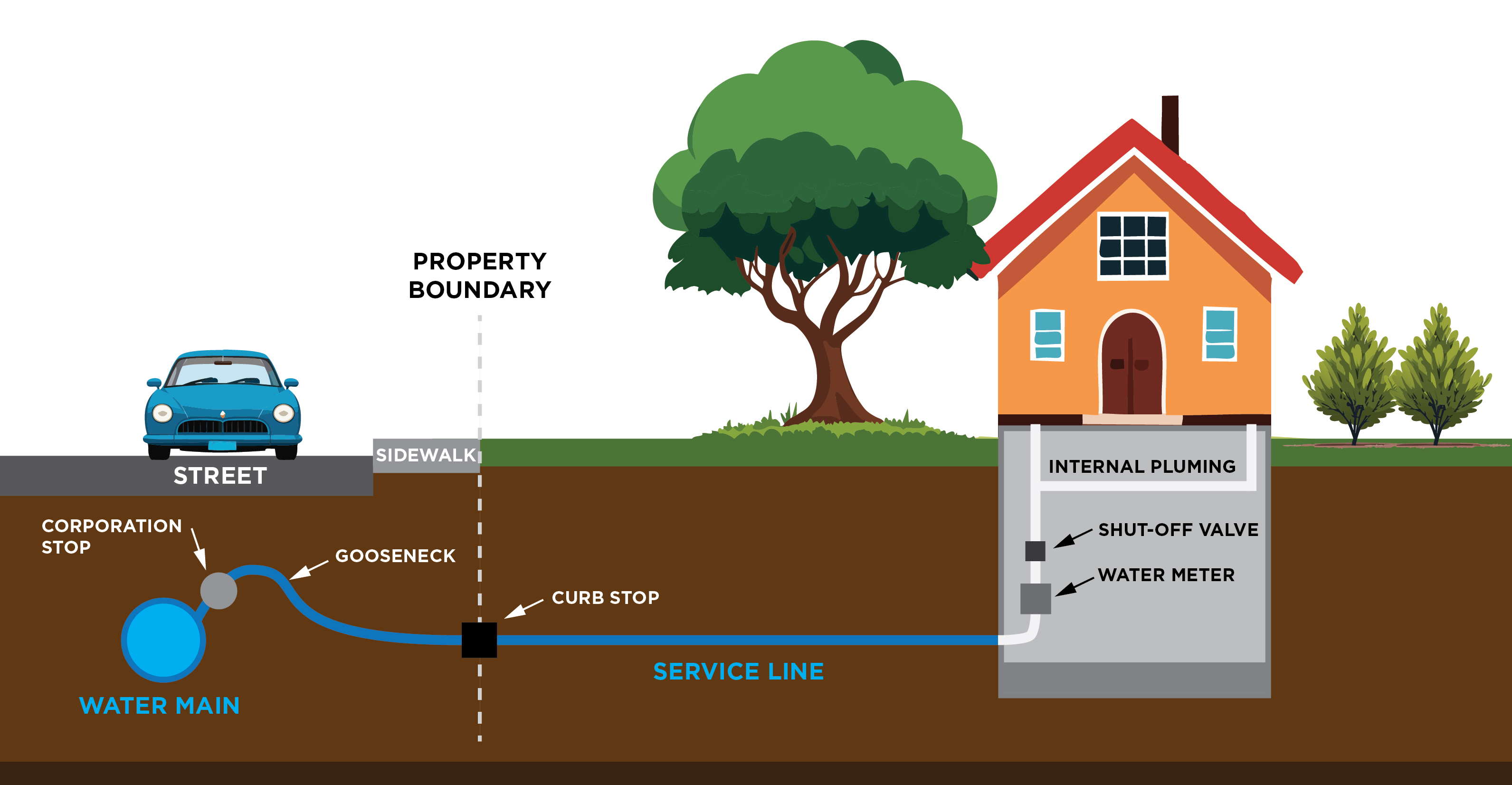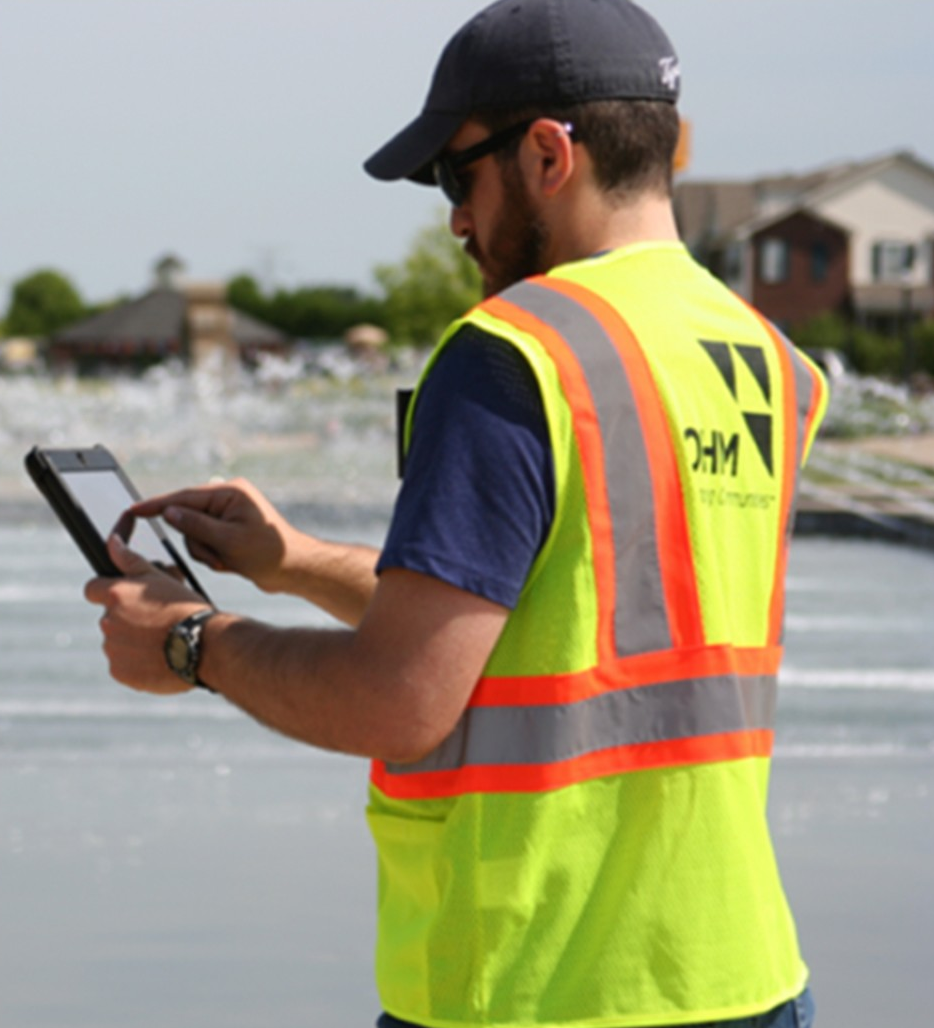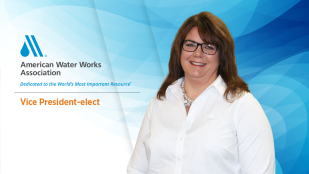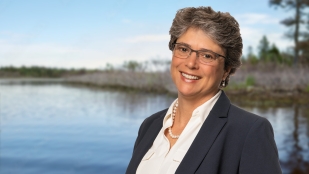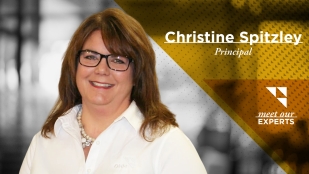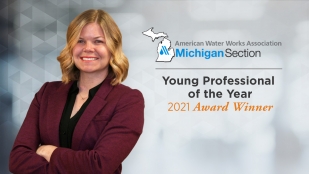Stories from Michigan: Lead Service Line Lessons in Collaboration, Communication and Community

MIAWWA/OHM Advisors perspective from Christine Spitzley, Principal at OHM Advisors and Director, MI Section American Water Works Association (MIAWWA)
You are most likely familiar with this story: In April 2014, Flint switched its drinking water supply from Detroit's Water and Sewerage Department to the Flint River. This switch changed the city's water chemistry, resulting in corrosion and lead leaching from piping materials, ultimately exposing residents to elevated lead levels.
This crisis became part of national and global headlines, bringing negative—but understandable —attention to the area.
2024 marks the passing of 10 years since what has become known as the Flint Water Crisis. During this time, I've reflected on the efficacy of the collaboration, communication and community it brought to the water sector, its partners and stakeholders.
Since 2014, I have participated in many meetings, discussions, phone calls, and presentations addressing this crisis and the resulting development of the new Michigan Lead and Copper Rule. As a principal with OHM Advisors and a leader of the MI Section of the American Water Works Association (MIAWWA), I wore "many hats" during these interactions, often facilitating the sharing of ideas, practices and tips and listening intently to what others had to say.
While this crisis undoubtedly changed the perception of the water sector, I can share that it also revealed opportunities to strengthen relationships across the state, improve water infrastructure, increase funding sources, create advocacy groups, build awareness, and leverage powerful and practical lessons learned.
We're reacting and engaging in ways we never have before, and today - 10 years later - we continue to learn how collaboration, communication and community can be the answer to what seems like an insurmountable challenge.
Collaboration
As a community invested in Michigan's public health, the MI-AWWA, hundreds of affected water utilities, faith-based organizations, environmental groups, academic institutions, health professionals, residents and the Michigan Department of Environment, Great Lakes, and Energy Department (EGLE), we came together to focus on the end goal: Expeditiously and effectively addressing this water crisis, ensuring all Michigan residents have access to safe water.
We all came to the table ready to discuss how to communicate this crisis and the resulting Michigan Lead and Copper Rule (LCR). There were so many questions to be answered: How do we communicate this complex topic? How do we identify the service line materials? What are the best practices? How do we work to make systems more resilient? How could we enhance overall system documentation, improving record keeping and tracking progress? How should we communicate with homeowners, renters and property managers to gain access into their homes? How do we pay for it?
There was a lot that had to be done. To set the stage, it’s essential to understand the system and its general ownership in Michigan:
Imagine a water main line running down the middle of the road with a pipe running from the main to your house. Usually, at the curb, called the "curb stop," there's a juncture, and the public utility typically owns the water service line from the water main up to the curb stop, and the homeowner owns the water service line from the curb stop into the home. The homeowner is usually responsible for their portion of the water service line, meaning that any problems and costs associated with that part of the line are on the homeowner.
Michigan's new Lead and Copper Rule, a regulation intended to protect the public's health by minimizing lead and copper levels in drinking water, declared that Michigan's water utilities would pay to replace pipes from the main line into the home. This rule means the utility must pay for the public and privately owned portions of the water service line into the home.
Unfortunately, many communities' historical records—identifying the water service line materials—are often missing or incomplete. If available, they can regularly be found as paper files, making review and mapping difficult.
Once lead service lines are identified, utilities must coordinate with the home's resident to get inside to replace the pipe and document it with pictures, which is extremely time-consuming. It requires a lot of communication and coordination with residents to secure those permissions, get the work done and then commit to monitoring the water after installation. Coordinating the service line replacements with other needed infrastructure improvements, such as road repairs, in order to save time and money and prevent additional disruptions to a neighborhood can further complicate the process.
Throughout, MI AWWA served as a clearinghouse for sample bid documents, contracts, investigation protocols, notifications and best practices, Utilities generously shared what they learned and the tools they used to make the process of finding, tracking, and replacing lead service lines easier and more efficient. As the requirements for lead service line replacements began to affect other states, Michigan water professionals generously shared their hard-earned knowledge across the country
Communication
As stated above, while lead service line identification and replacement is an expensive and time-consuming effort, this also became an unplanned opportunity for utilities to communicate with their customers in new ways. Trust is earned, and when confidence is lost, the path to regaining it can be arduous. Communities now needed to share many new messages with their customers community-wide and one-on-one.
Communicating what happened in Flint was unique and presented a challenge for communities with water that remained within the EGLE and Environmental Protection Agency (EPA) guidelines. At the same time, they also had to message that lead service lines in their community would be identified and removed—generally over the next 20 years. Water treatment and delivery can be complex, and these messages can present as “at odds” with the average resident.
As stated above, the process of identifying lead service lines can be complicated. Incorrect and missing records can make for convoluted research, often leading to house-by-house investigations. This effort usually requires entering someone's home and/or digging to discover pipe material. The permissions and documentation needed for each service line are extensive and time-consuming.
However, this interaction creates an opportunity for the homeowner to have one-on-one conversations with the utility, allowing them to ask questions and learn more about how water is delivered to their home.
The Michigan water sector banded together, creating, and sharing communication tools and collaborative and inspired messaging. They freely shared Frequently Asked Questions (FAQs) for Consumer Confidence Reports, websites, brochures and flyers. An example of a particularly inspired community is the Ypsilanti Community Utilities Authority (YCUA), which created a "story map" that has resources and accessible information as well as instructions for investigating and reporting residential service line materials: YCUA Quality Water.
Communities have new local citizen advisory groups along with a statewide advisory council to lend fresh perspectives and give a voice to a broad range of stakeholders. The relationships between customers and utilities have changed. They have become more purposeful and strengthened through increased communications and information sharing.
Community
The water community worked hard to respond together to the Flint Water Crisis and implementation of the resulting new Michigan Lead and Copper Rule. Collectively, we’ve built a network of diverse stakeholders, resources and strategies, and we’re now better prepared to respond to crises and emerging concerns.
In addition to lead and copper, we’re working together on approaches and solutions to concerns such as other water contaminants like Per -and Polyfluoroalkyl Substances (PFAS), affordability, workforce development and cybersecurity. We’re also working to develop a collective voice on state and federal funding, policy, and legislation.
Due to the response of Michigan communities raising their concerns and questions, the new Michigan Lead and Copper Rule now serves as a nationwide model of the value of collaboration and communication during a crisis. While we hope we’re never again faced with a similar challenge, we now have a solid template to respond effectively as a water community.
As the Great Lakes State, we remain hopeful, knowing that we can overcome difficult challenges through collaboration, communication and a focus on community.
For more information, feel free to contact me.
About the author, Christine Spitzley:
Since 2014, Christine Spitzley has been actively involved in meetings, discussions, phone calls, and presentations addressing the Michigan Lead and Copper Rule crisis. As a principal with OHM Advisors and a leader in the Michigan Section of the American Water Works Association (MIAWWA), she's worn many hats, facilitating the sharing of ideas, and listening to others. In January 2024, she attended a convening co-hosted by the Federal Reserve Bank of Chicago and The Joyce Foundation.
She prepared this blog post to share her perspectives on collaboration, communication, and community, informed by ten years of experience in Michigan since the Flint water crisis.
Additional resources include:
“Identifying information gaps to help communities navigate lead service line replacement”
“Convening Identifies Key Resources for Communities Replacing Lead Service Lines”
